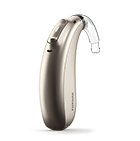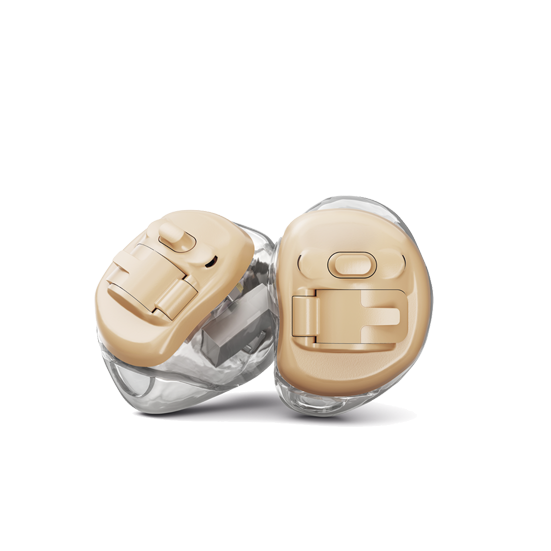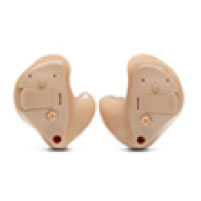
A hearing aid is a miniature battery powered electronic system which amplifies sound.
The key components of a hearing aid are:
- A microphone to pick up sounds and convert them into electrical signal
- An amplifier to increase the strength of the electrical signal
- A miniature loudspeaker called “receiver” to convert electrical signal back into sounds
Hearing Aid Styles
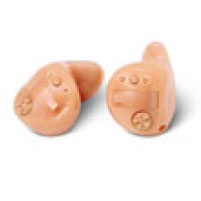
(ITC)
In-the-Canal
Fits partially in the ear canal, filling about half of the ear. More visible than a CIC.
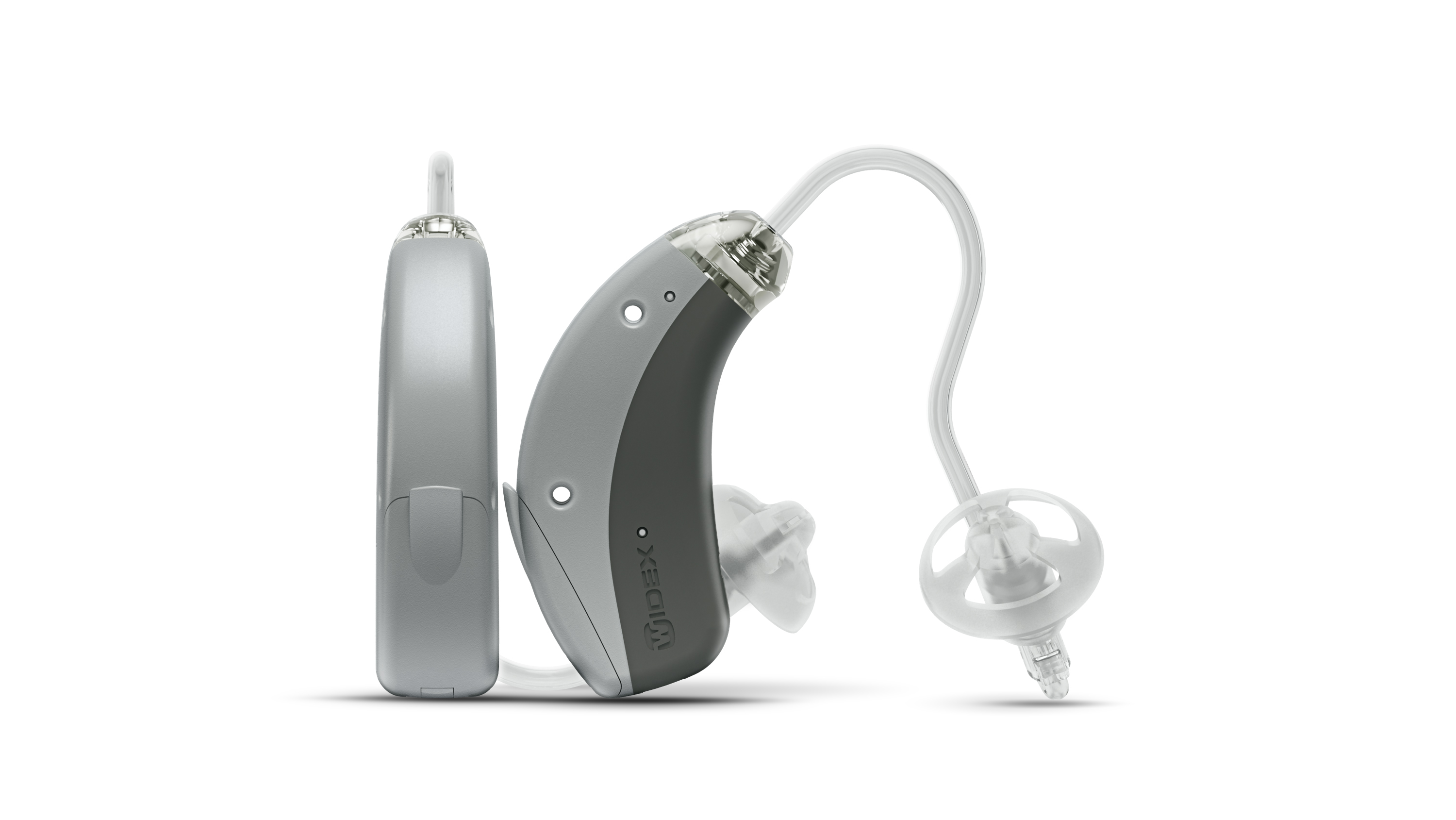
Slim-Tube BTE
Similar to the BTE style because the amplifier and electronics sit on top of the ear. However, these hearing aids may be smaller, have a much slimmer tube that brings the sound into the ear, and may have a small flexible tip that sits in the ear canal instead of an earmold.
(RIC)
Receiver-in-the-Canal
RIC hearing aids look similar to the slimtube BTE style. However, in the RIC style, the receiver is placed in the ear canal and not housed in the hearing aid case behind the ear. As a result, the hearing aid can be much smaller and more discrete.
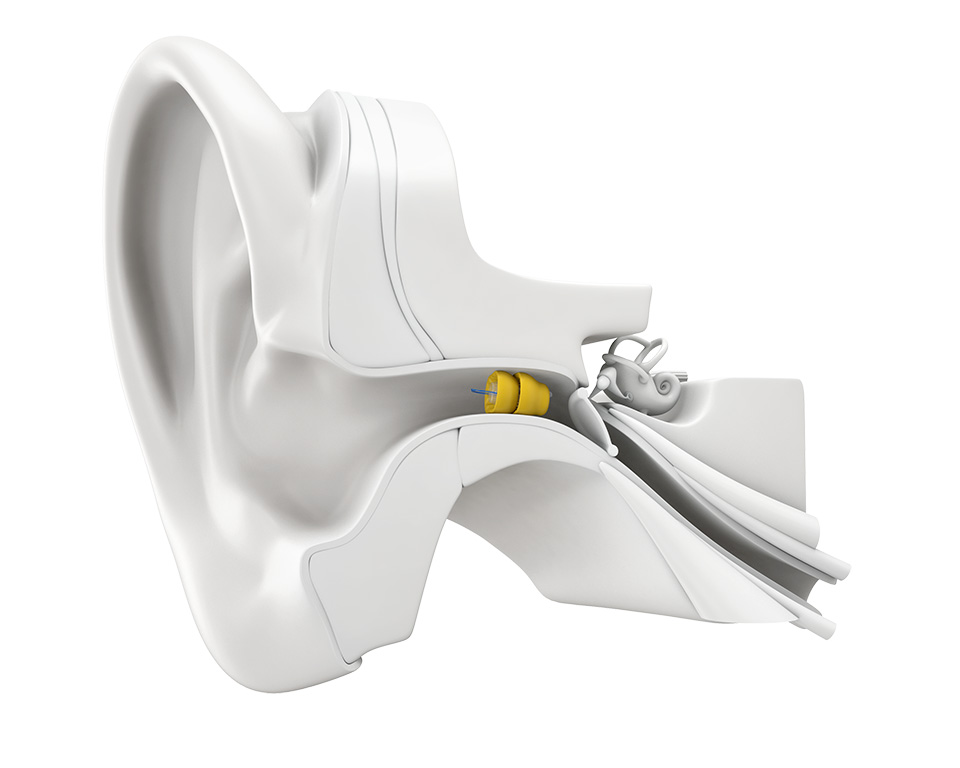
Invisible Hearing Aids
Lyric hearing aids can be placed deep into the ear canal by an approved Lyric trained provider and worn 24/7 for up to 3 months at a time. The result is an invisible and very discreet look.
Wild Rose Audiology Clinic is an approved Lyric provider.
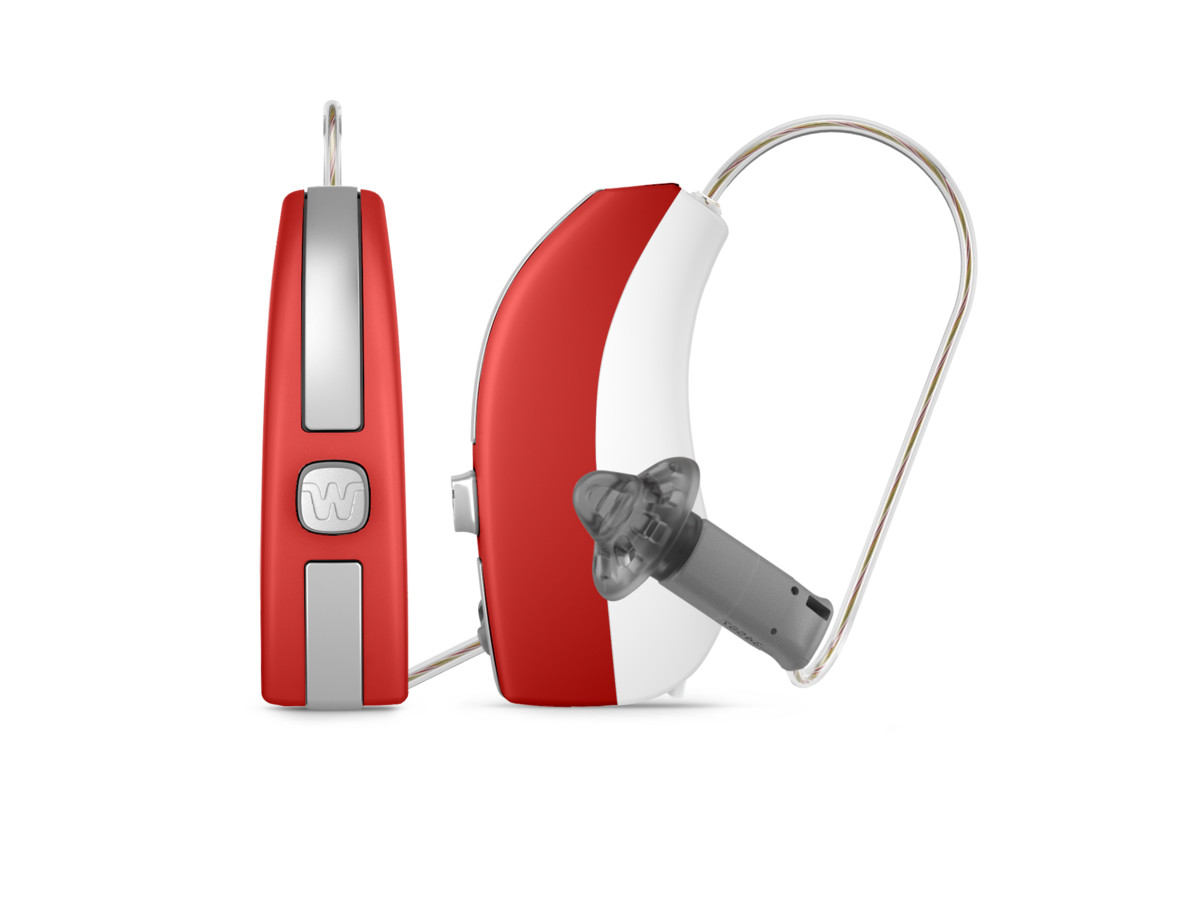
CROS or BI-CROS Systems
This type of amplification is recommended to the person who has an unaidable hearing loss in one ear and normal hearing, or an aidable hearing loss in the other ear.
The signal from the unaidable ear is transmitted wirelessly, in real time, from the transmitter (worn on the poor ear) to the receiver instrument in the better ear.
Not sure which hearing aid is right for you?
Our audiologists will provide information and recommendations based on your individual needs and budget.


